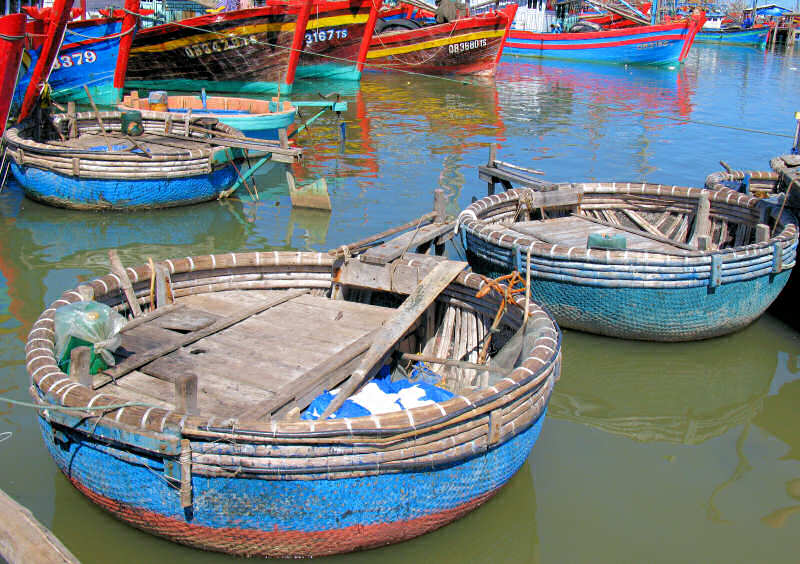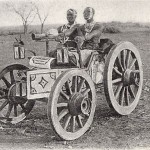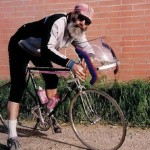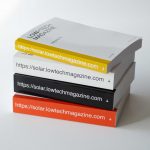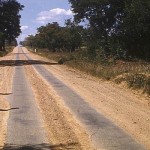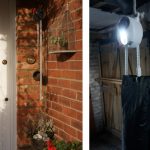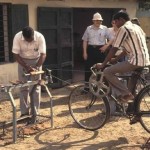“Until now, little has been known about the climate change reductions that might be offered by reusing and retrofitting existing buildings rather than demolishing and replacing them with new construction. This groundbreaking study concludes that building reuse almost always offers environmental savings over demolition and new construction. Moreover, it can take between 10 and 80 years for a new, energy-efficient building to overcome, through more efficient operations, the negative climate change impacts that were created during the construction process.” Read more.
The Greenest Building Is The One Already Standing
Saving Food From The Fridge
Korean artist Jihyun Ryou, a graduate of the Dutch Design Academy Eindhoven, translates traditional knowledge on food storage into contemporary design. She found the inspiration for her wall-mounted storage units while listening to the advice of her grandmother, a former apple grower, and other elderly. Her mission: storing food outside the refrigerator.
People Are Knowledge: The Oral Citations Project
“The Oral Citations Project is a strategic research project funded by a Wikimedia Foundation grant to help overcome a lack of published material in emerging languages on Wikipedia. The idea behind the project is a simple one. Wikipedia privileges printed knowledge (books, journals, magazines, newspapers and more) as authentic sources of citable material. This is understandably so, for a lot of time and care goes into producing this kind of printed material, and restricting citation sources makes the enterprise workable. But books – and printed words generally – are closely correlated to rich economies: Europe, North America, and a small section of Asia.”
“In India and South Africa, for instance, (to take just two countries in the rest of the world), the number of books produced per year is nowhere close to, say, the number of books produced in the UK. What this means for indigenous language Wikipedias from India and South Africa is that there is very little citable, printed material to rely on in those languages; in turn, it means that it is very difficult for any of those languages to grow on Wikipedia. (There is a related problem: writing this local knowledge on English Wikipedia is a task similarly hampered by a lack of good printed sources).”
“As a result of this disparity, everyday, common knowledge – things that are known, observed and performed by millions of people – cannot enter Wikipedia as units of fact because they haven’t been written down in a reliably published source.This means that not only do small-language Wikipedias in countries like India and South Africa lose out on opportunities for growth, so also does the Wikimedia movement as a whole lose out on the potential expansion of scope in every language.”
Description of the project, audio files, movie and links to news articles can all be found on this page. Via Appropedia.
The Wooden Work Boats of Indochina
“The wooden work boats of Vietnam, Cambodia and Laos (French Indochina) have a long and fascinating history of sail and trade in South East Asia and beyond. Today, the sails are nearly all gone but the boats and their builders survived by adapting the traditional sailboat hulls for motoring. Our goal is to document the building, design and uses of as many traditional and unique wooden work boats of Southeast Asia as possible before the master craftsmen who build them are gone.”
Great pictures at Boats and Rice. Via Duckworks Magazine. Previously: The Junk Blue Book. More boats.
Micro Heaters
“In June of 2010 I moved to a place in Montana with only electric heat. By myself. In the past few winters I had conducted experiments in cutting the amount of energy I needed to stay warm, with a focus on heating myself instead of heating the whole house.”
“I had a lot of motivators here, but the primary motivator was the greenwashing being done around fluorescent light bulbs. My power company sent me literature telling me that I should replace all of my incandescent light bulbs with fluorescent light bulbs to save energy and money. Based on my lighting usage, the most I could possibly save is $5 per year. Yet, with changing my heating habits, I think I have proven that I can save $500 per year.”
Read more: Micro heaters cut 87% off my electric heat bill. Via Treehugger. Previously: Insulation: first the body, then the home.
Parabolic Basket and Tin Can Solar Cooker
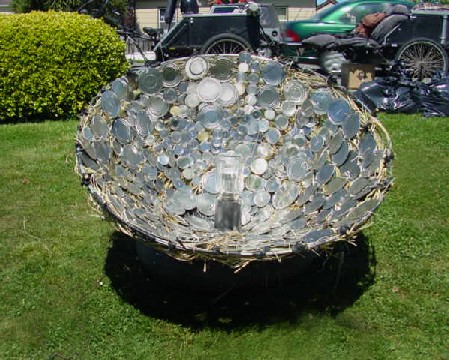 “The objective of this project is to create a solar cooker out of local invasive species and waste materials. We want to create a device that can pasteurize water and be an alternative to the use of fossil fuels for cooking food.”
“The objective of this project is to create a solar cooker out of local invasive species and waste materials. We want to create a device that can pasteurize water and be an alternative to the use of fossil fuels for cooking food.”
“The structure of the parabolic solar cooker will be made from the canes, or stems, of the locally invasive Himalaya blackberry. Canes will be harvested and dethorned so they can be woven into a parabolic basket shape. The Himalaya blackberry canes form parabolic curves, so when they dry and stiffen they will maintain the sturdy parabolic shape of the basket.”
“To give the parabolic cooker its necessary reflective surface, we gathered around 300 tin can lids to line the inside of the basket. We punched holes in the can lids so we could string them together in lines of 8-10 lids each. Then we tied these lengths of can lids to the basket using either hemp twine or twist ties. Since there were still many spaces on the basket uncovered by can lids, we gathered a bunch of large can lids and attached those individually to the basket.”
Read more: Parabolic basket and tin can solar cooker. More DIY-posts. Previously: The bright future of solar powered factories.

